Jess Kohl
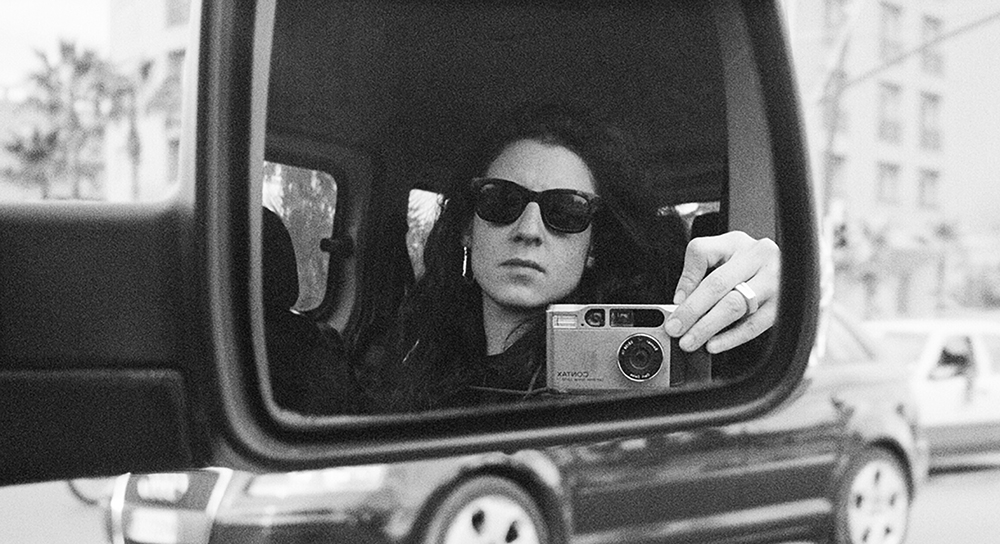
Sometime truth is stranger than fiction. For Jess Kohl, the truth is certainly more interesting, and documenting it comes as naturally to her as experiencing it: “There’s enough fascinating stories happening around me that I don’t need to recreate scenarios,” she explains. “I just capture them instead.”
Starting her career as a visual artist, Kohl quickly gravitated toward creating work about the world around her, drawing inspiration from photography greats Nan Goldin and Diane Arbus. The independence of documentary filmmaking and photography appealed to her for its minimal reliance on others to actualize a project. Determined to spotlight impactful real-life narratives, Kohl began seeking out communities on the fringes of society: “Tension helps to create an interesting story, and if someone doesn’t fit in with their culture’s preconceptions of what they should be, then there will be tension.”
The very reasons Kohl is drawn to this means of storytelling are the same ones that make it extremely challenging. She cites self-doubt as a major hurdle, “especially when travelling to remote communities as a solo female filmmaker, but I combat that with trying to take the pressure off myself and enjoy the ride instead,” she reveals.
The emotional toll of immersing herself in the difficult lives of her subjects—many of whom she develops close relationships with—is significant, causing her to frequently rethink the boundaries of observer versus friend. But the payoff, and its global implications, outweighs the hard parts: “Shedding light on and immersing myself in neglected and outsider communities feels like a positive way to use the opportunities that I have as an artist living in the West.”
Kohl travelled to India this year to document the 18-day-long Koovagam Festival, Asia’s largest gathering of transgender women. Despite minimal funding, she was able to actualize her concept and produce Nirvana, a documentary film about Koovagam that has garnered an abundance of attention and praise.
When asked about her favourite part of being immersed in the festival, Kohl points to the knowledge about the transgender and queer communities in India she obtained, particularly since it is vastly unlike what she has experienced in the West. She also describes the friendships and close bonds she formed with the trans women as she successfully integrated into what’s normally a guarded and closed-off community. Through warm and intimate storytelling, Kohl thrives in circumstances that are wildly different than her norm: “Being in such a radically foreign environment is a real joy for me.”
Here, Kohl recounts the most noteworthy moments and compel-ling individuals she photographed while filming Nirvana.
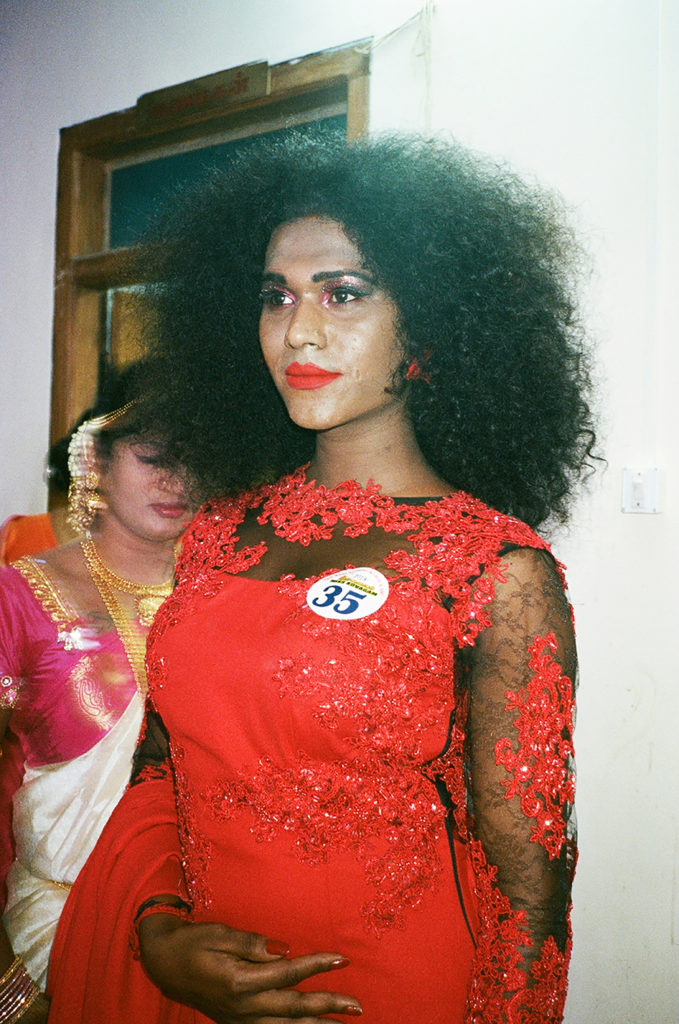
“This is Aaliyah, a protagonist in Nirvana. Her story contrasts with Chintu’s, and is more in line with the typical trans experience in India. Born to an Islamic family in Kerala, her family didn’t accept her gender and sexuality, so she ran away to undergo surgery and join the ‘jamaat’ system—an archaic, hierarchical family system that acts as a community and protection for trans women whose families have disowned them. Aaliyah is intelligent, ambitious, and beautiful, and dreams of becoming an international model. She’s currently making money through sex work in order to pay for her breast surgery. This photo was taken shortly after I’d met her. She stood out from the other contestants, with her bright red western dress and afro hair. She has a confidence that many of the girls lacked, and made it through to the main competition.”
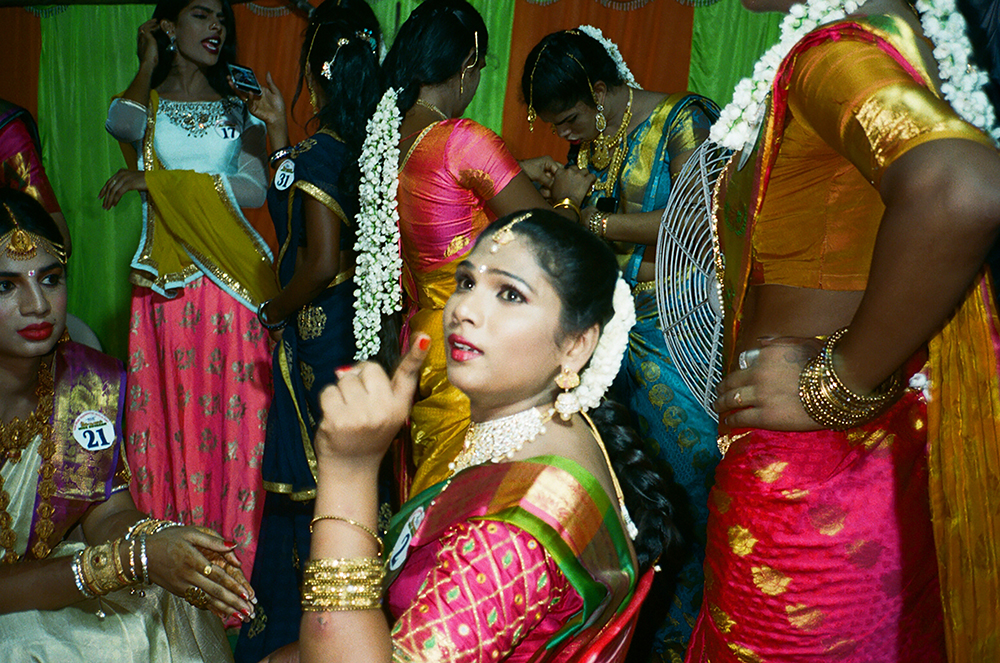
“This photo was taken backstage at the main Miss Koovagam competition. The event is on a large scale and goes on for about six hours, with attendees coming from all over Villupuram state to watch the contestants battle it out for the crown. The colours backstage are so vibrant, with the trans girls dressing in traditional saris. The contestants are judged on their looks, dancing skills, and personalities—in the final round, they are asked a series of questions on subjects ranging from trans rights to fashion to politics. The atmosphere is celebratory and tense. Although it seemed as though Aaliyah was going to win, Mobina (far left in this photo) took the crown—there was speculation amongst the girls that the competition had been rigged.”
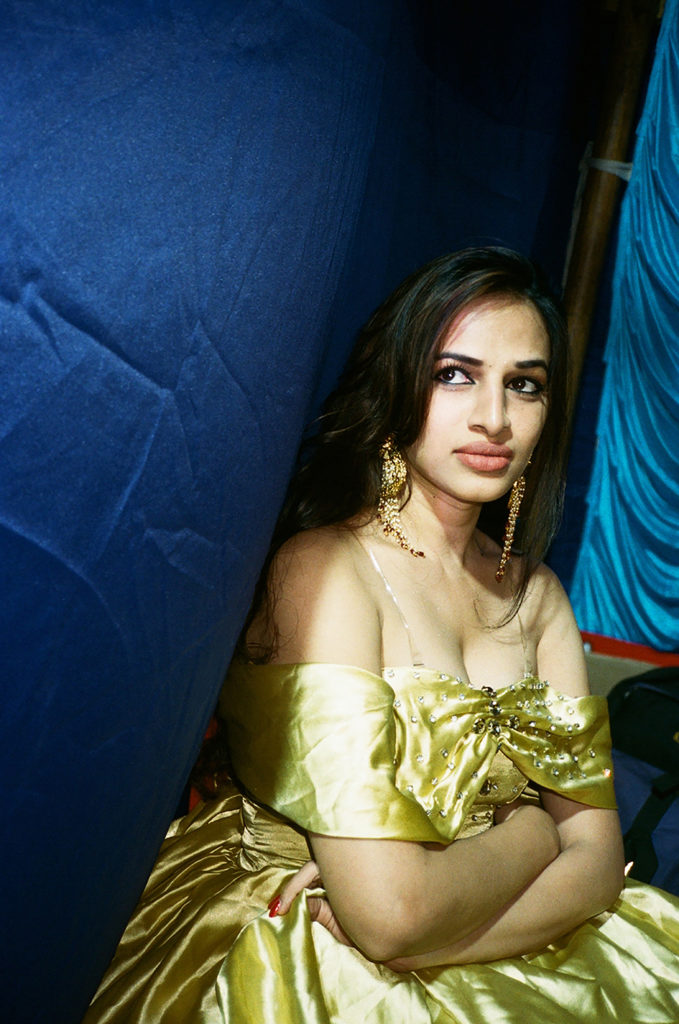
“This is one of my favourite photos from the series. I love the contrast of Kurshi’s gold dress against the deep blue fabric of the makeshift walls of the backstage tent. Her gaze is just beyond the camera, with a perfected half smile on her pillow lips. Kurshi lives in the same apartment block as Chintu in Chennai, and it’s somewhat of a hub for the local LGBT community. We visited her home and she had portraits of herself adorning her walls, which is a common trend in the trans girls’ homes. They celebrate themselves in a beautiful way—if they don’t, no one else will. Koovagam is a space for them to come together and take their celebrations off of their walls and into reality.”
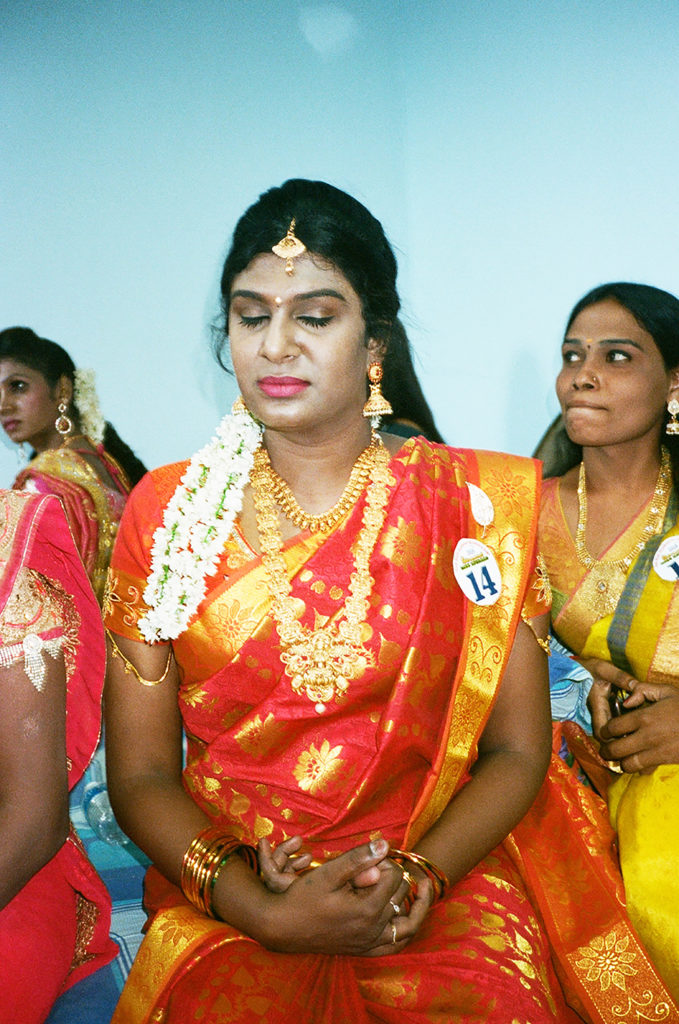
“Chintu is one of two protagonists in my film, Nirvana. Her story is different from many in the trans community because she has been accepted by her family and lives independently, outside of the ‘jamaat’ (transgender family) system. In this photo, Chintu is incredibly nervous for the audition that’s about to take place. Roughly half of the girls who audition make it into the main Miss Koovagam beauty contest happening that evening. The atmosphere backstage is tense—there is little talking, just eyes darting around, taking in one another’s outfits and comparing them to their own. Unfortunately, Chintu didn’t make it past the first round and was devastated. The next day, she travelled to a smaller contest in Pondicherry, where she won a medal. As with many of the younger trans girls, winning a beauty contest for Chintu is a means to feeling accepted by society.”
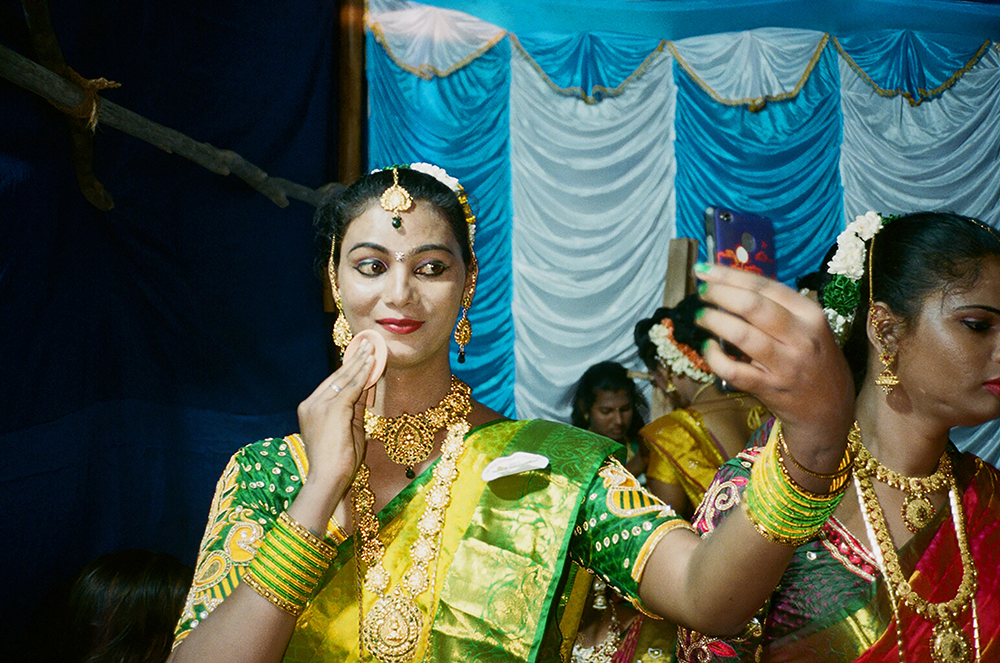
“In this photo, one of the Miss Koovagam contestants beautifies herself backstage before the competition starts. As well as the beauty contest, transgender women perform dance routines that they practise for months in the leadup to the big event. This lady was part of a dance routine focused on the local farming community, which had been struggling recently with bad harvests. For many of the contestants, Miss Koovagam is seen as a means to escape the cycle of sex work and begging. For them, winning would mean acceptance from their communities and allow them to progress in the world. But sadly, the reality is that even the winners return to the same lifestyles once the festival is over.”
Yagazie Emezi
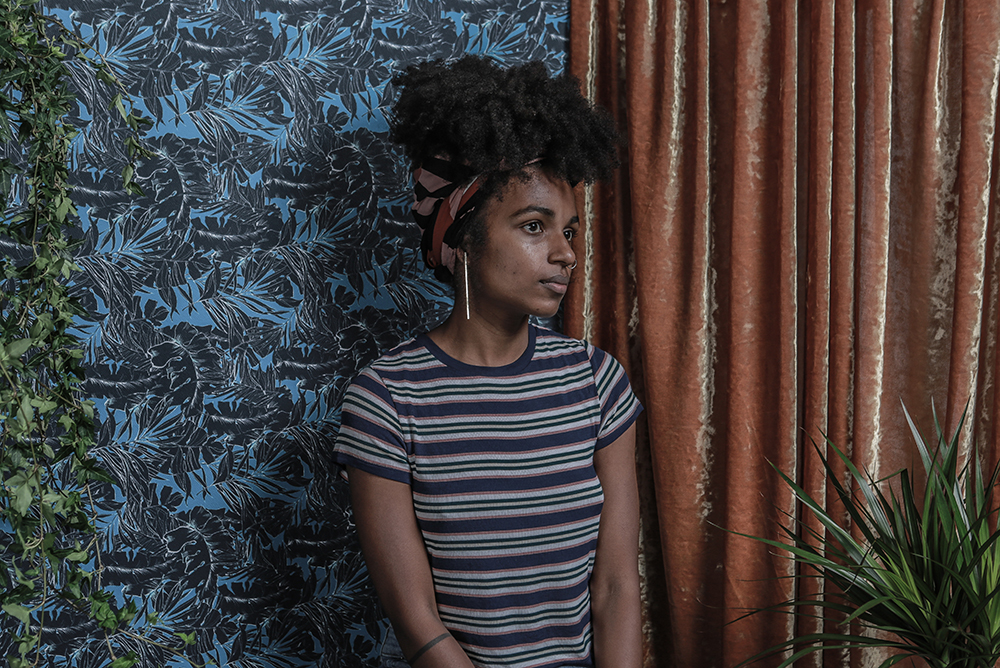
From uncovering Liberia’s nightclub scene to capturing the scars and fragility of trauma victims, Nigerian-born documentary photographer Yagazie Emezi strives to confront and unpack societal norms and stereotypes she’s grown up with.
Completely self-taught, Emezi moved back to Nigeria and subsequently Lagos—Nigeria’s largest city—which set her on a path of rediscovery, with a mission to smash preconceived ideas of her often misrepresented country. “I was keen to show people more of the unexpected in the hope that those images would become the norm of life in Nigeria.”
When it comes to field work, Emezi prefers to have less of a fly-on-the-wall status and more of an engaged, plugged-in approach, placing great importance on portraying the true likeness of those she intends to photograph. “The people and their stories can triumph, and making them know they have a say in how they are shown to the world is an important element of my work,” says the photographer, who admits striking up these discussions with strangers can prove daunting at times, but ultimately fuels her creative drive when she steps behind the camera.
Reflecting on the most significant outcomes to arise from her practice, Emezi cites patience as number one. “With patience, you listen more, you react less, you recognize patterns faster,” she reveals, which ultimately paves the way for the formation of meaningful connections with those on the other side of her lens.
The tangible connection between photographer and photographed in Emezi’s work has been celebrated on a global scale. This past January, she received a Creative Bursary Award from Getty Images for her project Another Tale by Moonlight, but the recognition paled in comparison to the accolade’s practical reward. “I am grateful to have been given the opportunity and means to do work I wouldn’t have ordinarily been able to do alone, and that will always come first—the work.”
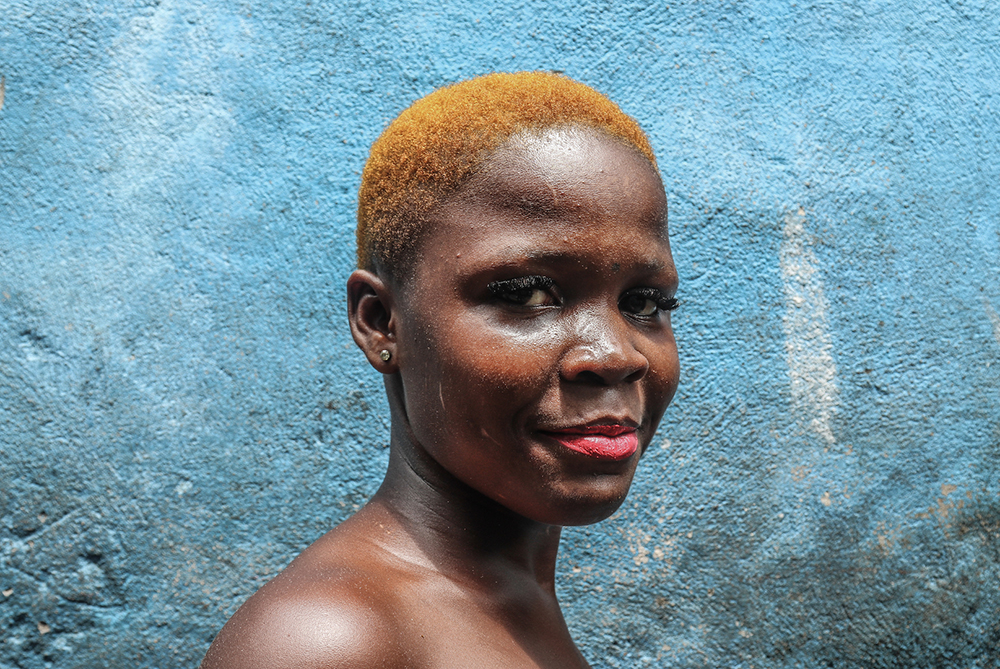
“I really enjoyed all my projects while I lived in Liberia. I was able to explore different standards of beauty among Liberian women—a standard that goes against the norm of what beautiful is to the rest of the world.”
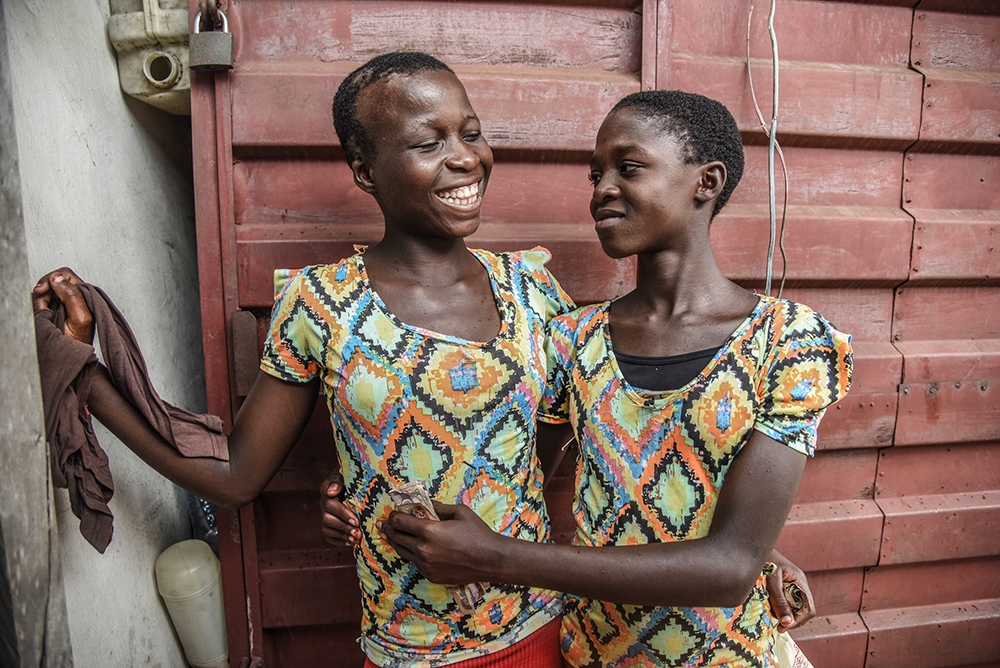
“Over the years, a global movement has grown around body positivity, mental health, self-awareness—topics that are still often hushed or avoided within African homes. I am exploring how community, environment, and socioeconomic class influence an individual’s psychological adjustment to their new, scarred bodies, while marking the absence of an effusive culture around body positivity as a noteworthy cultural phenomenon.”
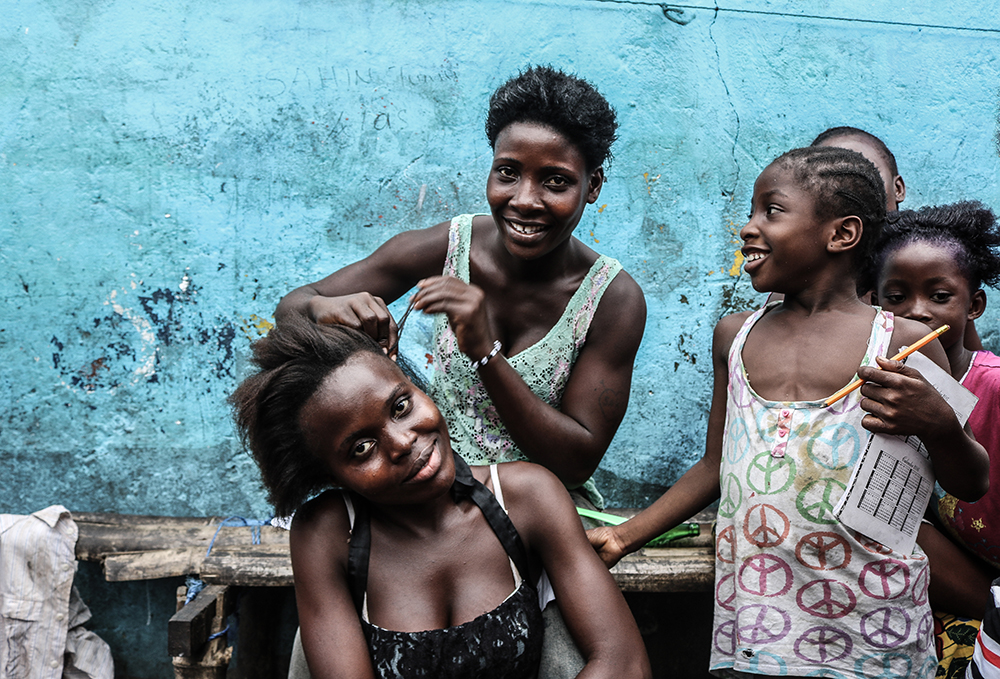
“I believe that the overall importance is that of representation. Not just of stories around Africa, but of the storytellers as well. We are in a great time now where Africans can tell their own stories and that, I believe, often offers a more in-depth and honest perspective to the rest of the world.”
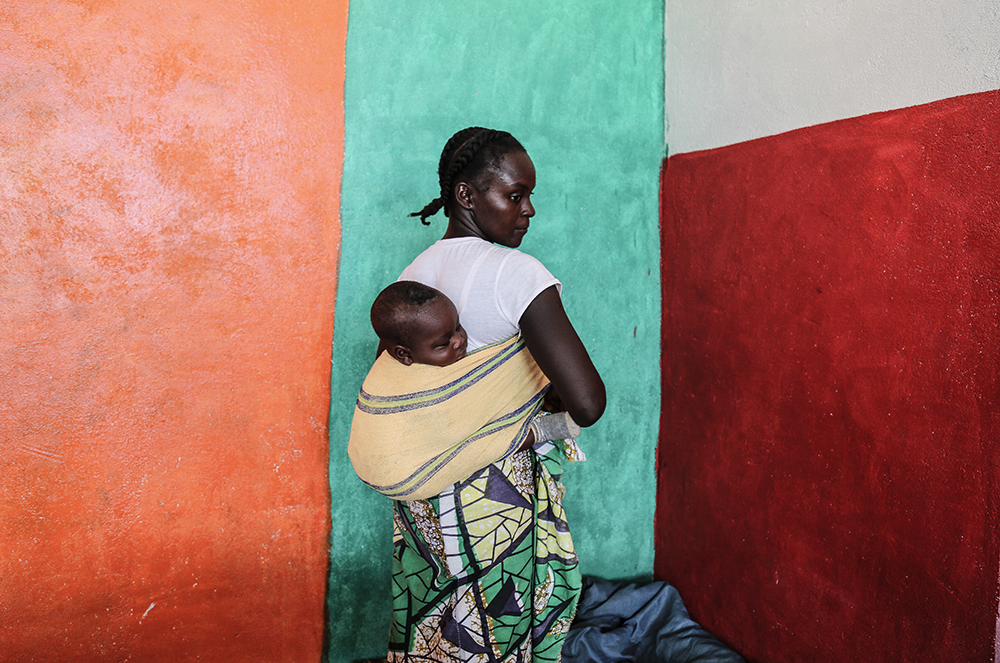
“During my time working with the non-profit More Than Me in Liberia, I documented their efforts to provide a higher standard of education in schools in various counties of the country. Teen pregnancy commonly hindered young girls from continuing their education, which in turn made caretakers volunteer to babysit the children of the young mothers as they attended class.”
